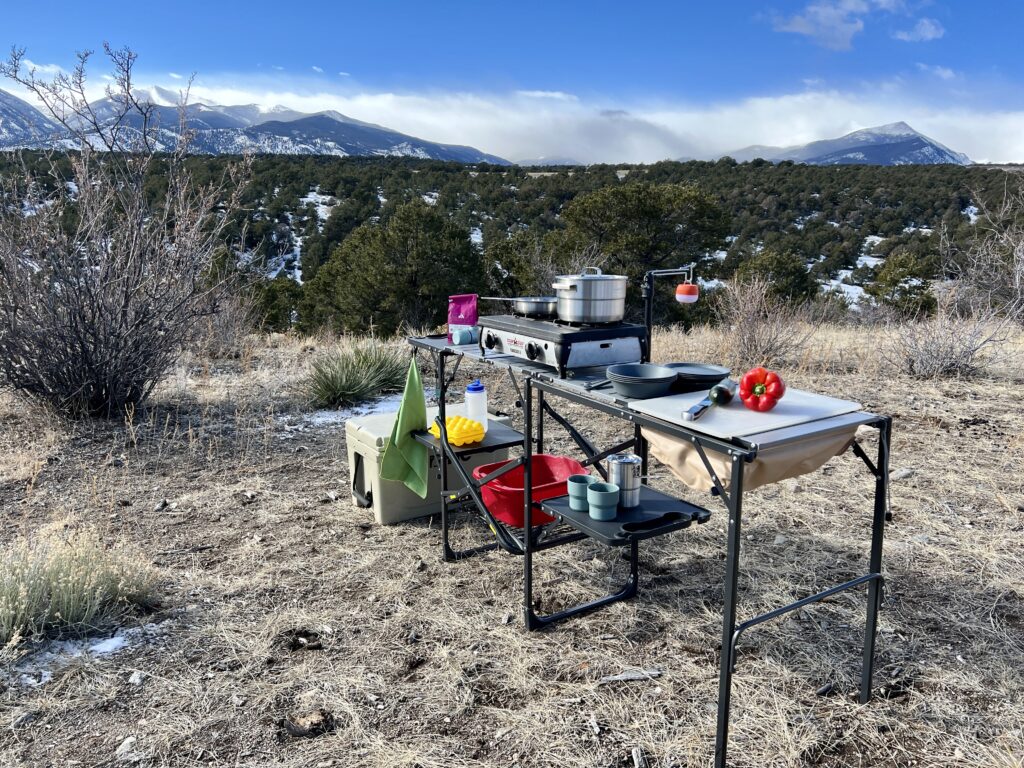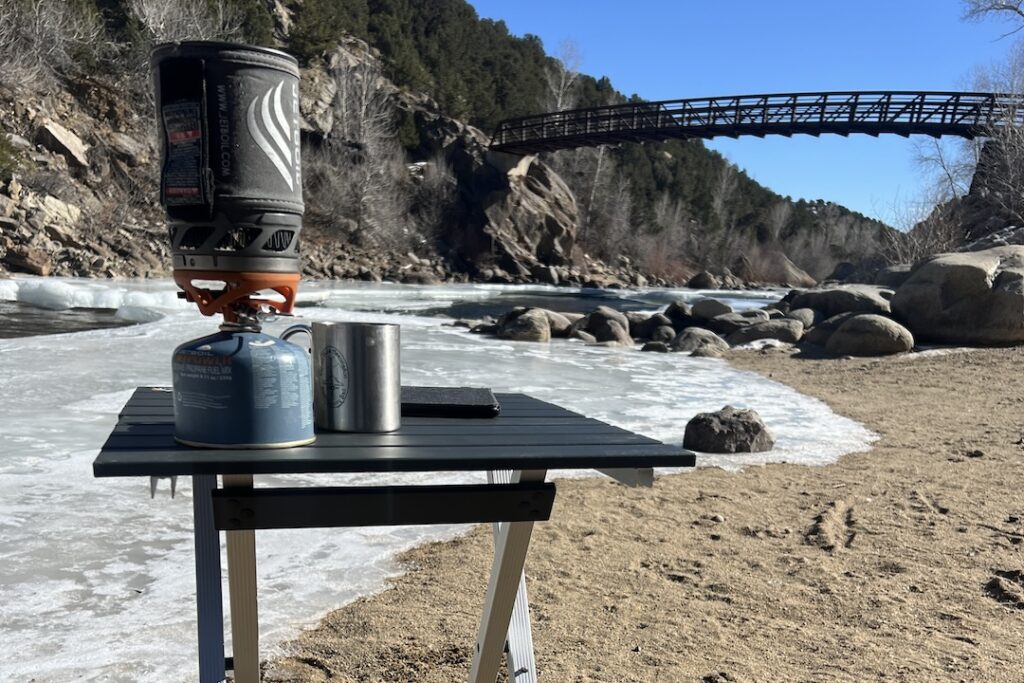
Philip Werner put up a great rant this week about bear bagging and the importance of properly protecting your food in the wilderness. There’s been a lively discussion on his post about the best food storage techniques and how to fix the general problem that animals are getting into human food too much in the wilderness.
When animals get human food, it damages their natural foraging instincts and hurts the environment. It also causes pests around established campsites and can be deadly for the animals themselves.
Consider the case of bears in Yosemite National Park. For years, humans were careless with their food and bears learned how to get easy meals from people. When bears learned to associate humans with food, they changed their foraging habits. They became more aggressive around campsites and started learning smarter ways to get into human food. Now, when a bear learns to associate humans with food, they have to be relocated or put down. As the saying goes, “a fed bear is a dead bear.” Forcing visitors to use bear boxes in campsites and bear canisters in the backcountry has completely turned around the bear problem in Yosemite.
But what about where you backpack? What’s the best way to protect your food and protect the environment? Do you hang a bear bag and are you sure you’re doing it right? Do you sleep with your food and is that safe? Do you carry a bear canister or Ursack in the backcountry? These are all important questions and you should really know how to protect your food properly.
There’s really some great discussion going on about this very important topic on SectionHiker. Read below for my input on Philip’s article and check out his article here
—
Great post Philip. I love the message and it’s a very important one.
I’m totally with you, protecting your food is about protecting wildlife and the wilderness, not about you! There are a lot of backpackers who just don’t get that. I recently ran into some hikers who hung their food poorly on their last night and said, “It’s not a big deal, we’re hiking out tomorrow.” Clearly the entire point of food storage was lost on them.
I also share a lot of the same opinions as Skurka about bear bagging though. If you do it exactly right, it can be an effective method, especially in areas where bears aren’t trained to pull down bear bags. But all too often I see hikers hanging terrible bear bags that will be an easy target for any bear. When that happens, hikers have essentially taken their food, put it far away from their campsite, and given bears enough space to get an easy meal without any concern of human contact. That creates problem bears and is clearly not going to protect our wild areas.
I’ve hung bear bags, used bear canisters, and slept with my food in my tent. I’ve used each method hundreds of times in many different wilderness areas. In my experience, bear bagging has been the least effective method. Not because my food has been stolen, but because of the countless stories that I’ve heard from other backpackers who have had their bear bags ripped down. I can only assume that they are hanging their bags poorly, but they are still creating problem bears. Here’s a story that I recently posted with pictures of an obviously poorly hung bear bag that was ineffective: https://www.cleverhiker.com/bear-bagging-gone-wrong/
I think it comes down to the fact that proper bear bagging takes a lot of time, you need to find the right tree, you need to know how to do it right, and well trained bears are really good at getting them down. Some people just don’t know any better and some people are just too lazy.
I’ve never heard or seen any evidence of bears attempting to get someone’s food while they were sleeping with it. I thru-hiked the PCT in 2010 and I never saw any other thru-hikers hanging bear bags. They all slept with their food in their shelters. Bears are afraid of humans, they want to avoid human contact at all costs, and they know that you’re in your shelter. Even though they can smell your food, they’re not going to risk getting close to you to get it.
If a bear is willing to come into your campsite looking for food, they are already a problem bear. Even if that’s the case, which is rare, they’re probably not going to risk getting close to you to get your food. A previous reader commented to ask if anyone has any evidence of bears attacking humans to get their food. I’m curious to see if there’s any information like that out there. If so, I’d be willing to change my approach, but I’m not aware of any such evidence.
If you’re not comfortable with sleeping with your food, which I can totally understand, protect your food in another way.
The foolproof answer is to require backpackers to carry bear canisters or use bear boxes, which eliminates the possibility of human error. But bear canisters are heavy, obnoxious to pack, and have limited space for longer trips. I always carry them when they’re required, but I seldom do when they’re not. I like Ursacks too, which are lighter and easier to pack. I think that Ursacks will continue to grow in popularity and may become more widely accepted. It’s just a bummer that they aren’t approved in many popular national parks like Yosemite, Grand Teton, and Rocky Mountain National Park to name a few.
I think this topic is really important and I think your message is well received. Protect your food! It’s not just for you, it’s for the animals.
Keep the wilderness wild. I’m down with that.
Dave Collins














